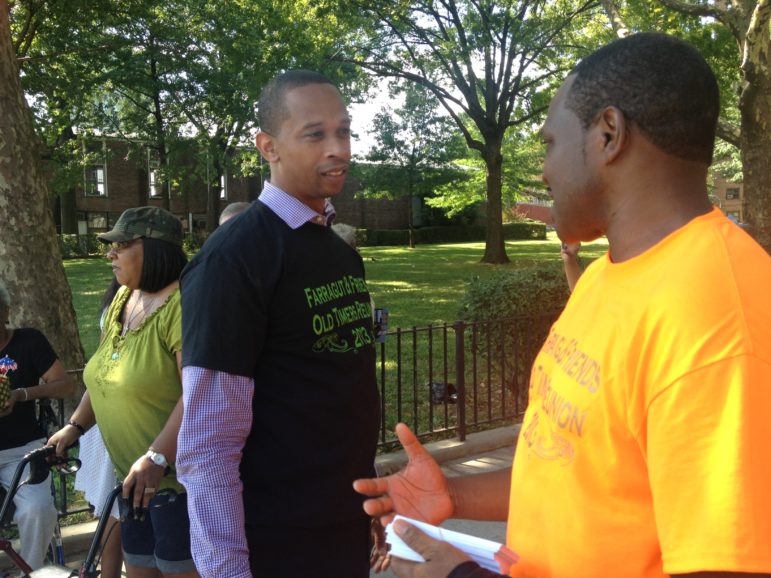
Office of Assemblyman Walter T. Mosely
Assemblyman Mosely at Farragut Houses
It is no secret that New York City is experiencing a housing crisis, which has been exacerbated by gentrification. I’ve lived in Brooklyn my entire life, and throughout my lifetime, the borough has changed drastically. I’ve seen Crown Heights transform from a place of riots and violence to a sought-after neighborhood for young transplants.
As the neighborhood and its surrounding areas are gentrified, rent prices rise and long-term residents are displaced. This housing crisis, although widespread throughout New York City, profoundly affects the area where I grew up and the district I currently represent. Almost every day, I hear from residents that fear they are going to have to move out of the neighborhoods they call home due to rent hikes.
Even protected buildings are facing the threat of increasing rent. The 1950’s implementation of the Mitchell-Lama Bill has proven an effective method of keeping units affordable for lower- and middle-income families. Throughout the 50’s, 60’s, and 70’s, nearly 140,000 apartments were built under the program, keeping communities together. However, nowadays, these buildings are at risk of privatization and rising prices as a direct effect of that privatization.
These concerns are the driving force behind my fight to create and preserve affordable housing in New York. I recently supported the state’s budget, which released $2.5 billion to construct and protect affordable housing and establish supportive housing.
Right now, New York City is heading in the right direction. Last year, over 21,000 units of affordable housing were created or preserved, the most in 27 years. On Thursday, Mayor Bill de Blasio announced plans to increase his goal of creating and preserving affordable housing from 200,000 units by 2024 to 300,000 units by 2026. With more funding commitments from the city and state, the number of affordable units will rise, hindering displacement in communities. However, there is still work to be done, especially when it comes to protecting affordable Mitchell-Lama units.
Our city and state should do more to ensure that devoting resources towards affordable housing goes beyond mere construction and development. Further, our goal should not be to build as much affordable housing as possible. Rather, we should use affordable housing as a springboard for economic equity. We cannot be content with tried-and-true programs like Mitchell-Lama; we have to continue to protect them and combat the housing crisis.
Comprehensive action at both the state and city levels will help address this housing crisis. Consider Assemblyman Hevesi’s Home Stability Support program, which will help keep families in their homes when they are facing eviction. Additionally, the creation of land banks that require the city to buy up abandoned properties and turn them into affordable housing could be an effective way to combat the reach of developers. A new commitment by the state to Mitchell-Lama funds could increase financing from last year’s $75 million to $250 million, further preserving affordable housing. These are only a few examples of possible solutions.
Tackling the problems of gentrification and displacement is going to require all of us. It will take time and work. I am committed to fighting for laws and funding at the state level to make sure that my community is not pushed out of the neighborhoods they have long called home. It is my hope that my fellow elected officials will support these efforts in order to create a New York City that works for everyone.
Walter T. Mosley currently serves as the New York State Assemblyman and District leader for the 57th Assembly District, representing the communities of Fort Greene, Clinton Hill, Prospect Heights and parts of Bedford Stuyvesant and Crown Heights.









One thought on “Assembly Dem: So Far, City & State Steps to Protect Affordable Housing Aren’t Enough”
If there are other cities with successful affordable housing programs, one idea might be to see if these concepts can be applied to New York City. Given space and density limitations and the difficulty of construction, enhancing access to affordable housing may need to go beyond city limits, look to strengthen accessible transportation networks to outlying areas and perhaps even consider how to improve relocation, education and employment opportunities for those who would want to leave the city for different locales — upstate cities and towns, perhaps, where housing is more accessible and less pressured by gentrification.